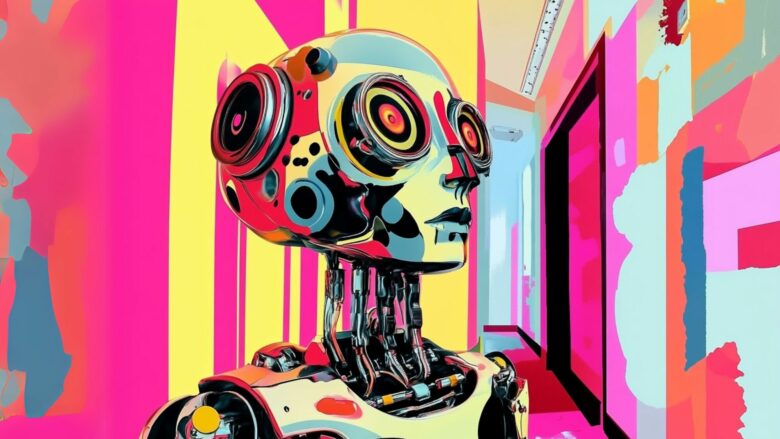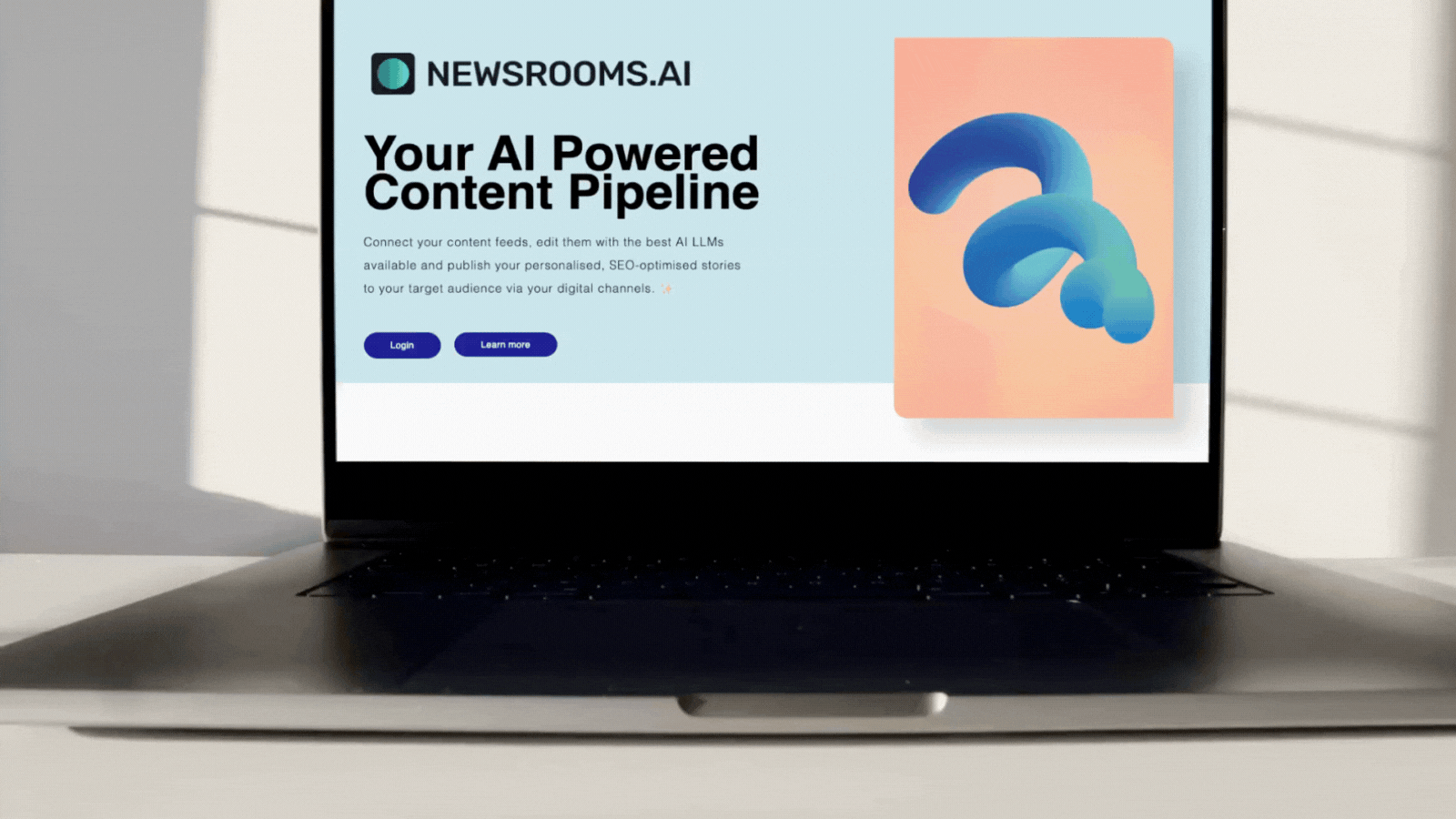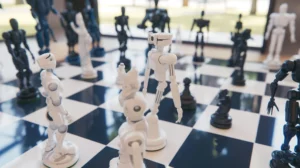Apple is reportedly researching humanoid and non-humanoid robots

One thing is clear: Apple is actively researching robotics. According to Apple analyst Ming-Chi Kuo, the focus is on both humanoid and non-humanoid forms of robotics. This information comes from a research paper by the company and suggests that Apple sees great potential in home robots.
Initial phase: early proof-of-concept exists
The “non-anthropomorphic” robots are machines without a human-like shape – that is, without arms, legs, and a face – but can still interact dynamically with humans. However, Kuo says “anthropomorphic” robot systems can go beyond what is usually considered humanoid. The Apple research paper is intended to highlight elements that point to the design of such an anthropomorphic consumer robot.
According to analyst Kuo, an early proof of concept already exists. However, he points out that the Apple Car project was also discontinued at a similarly early stage. If the project continues this time, the analyst expects mass production to begin in 2028 based on “current progress and typical development cycles.”
Transparency from Apple
Apple’s robotics research is unusually transparent. While the company does not comment on other early-stage projects – such as a speculative foldable iPhone – it is more open here. This is important because only timely communication can attract qualified employees for robotics projects. In addition, advances in robotics benefit greatly from collaboration with universities and research institutions.
According to TechCrunch, many robotics companies have struggled to hire new employees quickly enough in recent years. Publishing research results creates a clear advantage here: It makes it easier to recruit highly qualified engineers.
Sensory hardware and software as core technologies
“While the industry debates the merits of humanoid and non-humanoid designs,” Kuo writes in his analysis, Apple seems to have a different focus. According to him, the company is less concerned with the external appearance of robots – what matters is how users perceive them. This suggests that sensory hardware and software serve as central technologies in Apple’s robotics strategy.
Apple is said to be testing various approaches, from simple mechanical systems to more complex humanoid models. Kuo describes this phase as “throwing things against the wall” – an iterative process in which different concepts are tested. He assigns the proof-of-concept system to a “future smart home ecosystem” that could range from a household robot to a mechanical arm with an “iPad-like” display.
Apple pursues “cautious” robotics strategy
Apple is likely to take a pragmatic approach to robotics, especially after pulling out of the Apple Car project and facing challenges with the Vision Pro. That’s probably smart, because, as TechCrunch reported, Silicon Valley is littered with failed home robots and smart home products.
Developing successful smart home solutions remains a financial and technical risk. The biggest hurdles are currently high costs and a lack of reliability. The Vision Pro already cost $3,499, and the first consumer robots are likely to far exceed these prices. Before Apple develops a household robot that goes beyond vacuum cleaners, it must first prove that there is a market for it.
The analyst Kuo interprets the current situation as follows: The primary goal is to establish a reliable industrial production of humanoid robots. This should lead to a reduction in prices in the long term.





























